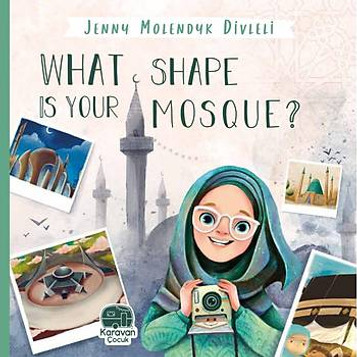"How do souls differ from one another in the eternal realm?" This and other related matters are addressed in Suhrawardi's treatise, Hayakal al-Nur, which is arranged in seven categories called "Forms of Light." Points considered in this volume include the limitations of man's senses and his true or theomorphic essence; the nature and levels of the human soul and the various realms or Centers, the Nur al Muhammadi or Absolute Mind, as well as Ordinary Mind and Divine Mind, the nature of the firmaments; and the meaning of pleasure and pain.
Also included here: a preface drawn from the words of the twelfth-century saint and master Abd al-Qadir al-Jilani on the inner nature of the human heart, explicating the mystical Quranic verse on Light; an introduction by Shaikh Tosun Bayrak differentiating between mystical philosophy and the philosophy of Sufism; ten pieces of calligraphy of the Beautiful Names of Allah from the Grand Mosque (Ulu Cami) in Bursa, Turkey; and a Sufi fable in which a mysterious city becomes a metaphor for the layers of the human soul and for the created world, simultaneously.
In this last marvelous section, a Wayfarer journeys inward to the castle at the Center and encounters the Principles, Virtues, and Vices clothed as administrators and members of the population. After passing through the outer domains of the nafs, Ammara, the Imperious City of Freedom and Pleasure, and Lawwama, the City of Self Reproach, he at last reaches Mulhima, the four districts of the inner City of Love and Inspiration. Here a guide appears who will lead him on to Self-Annihilation: "Be nought, be nought, be nought, so that you will be forever." Like one of the birds who traveled with the Hoopoe toward God in The Conference of the Birds, he reaches faqr, the total emptiness required for the soul's Return.
 Canadian Dollar
Canadian Dollar















